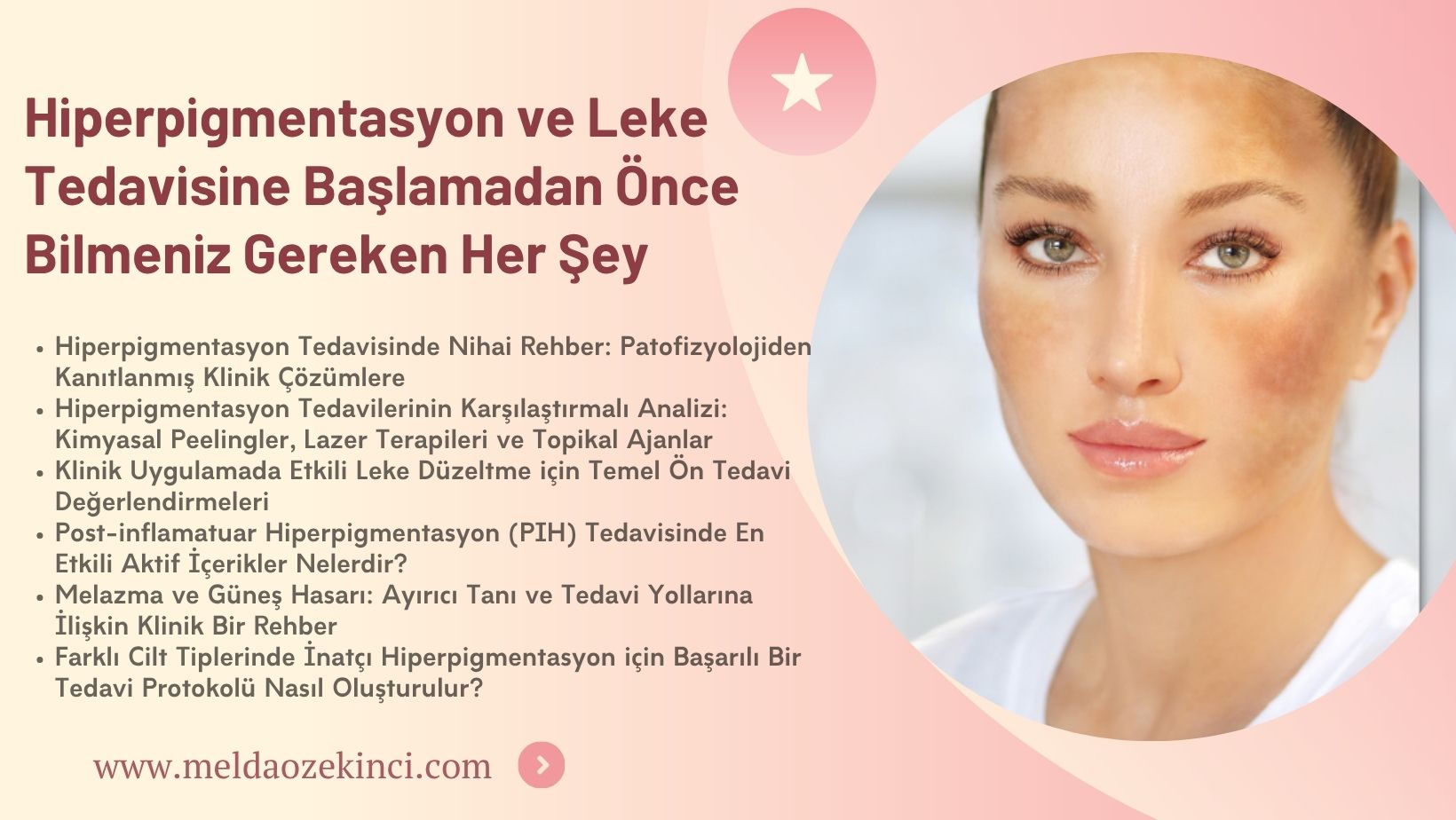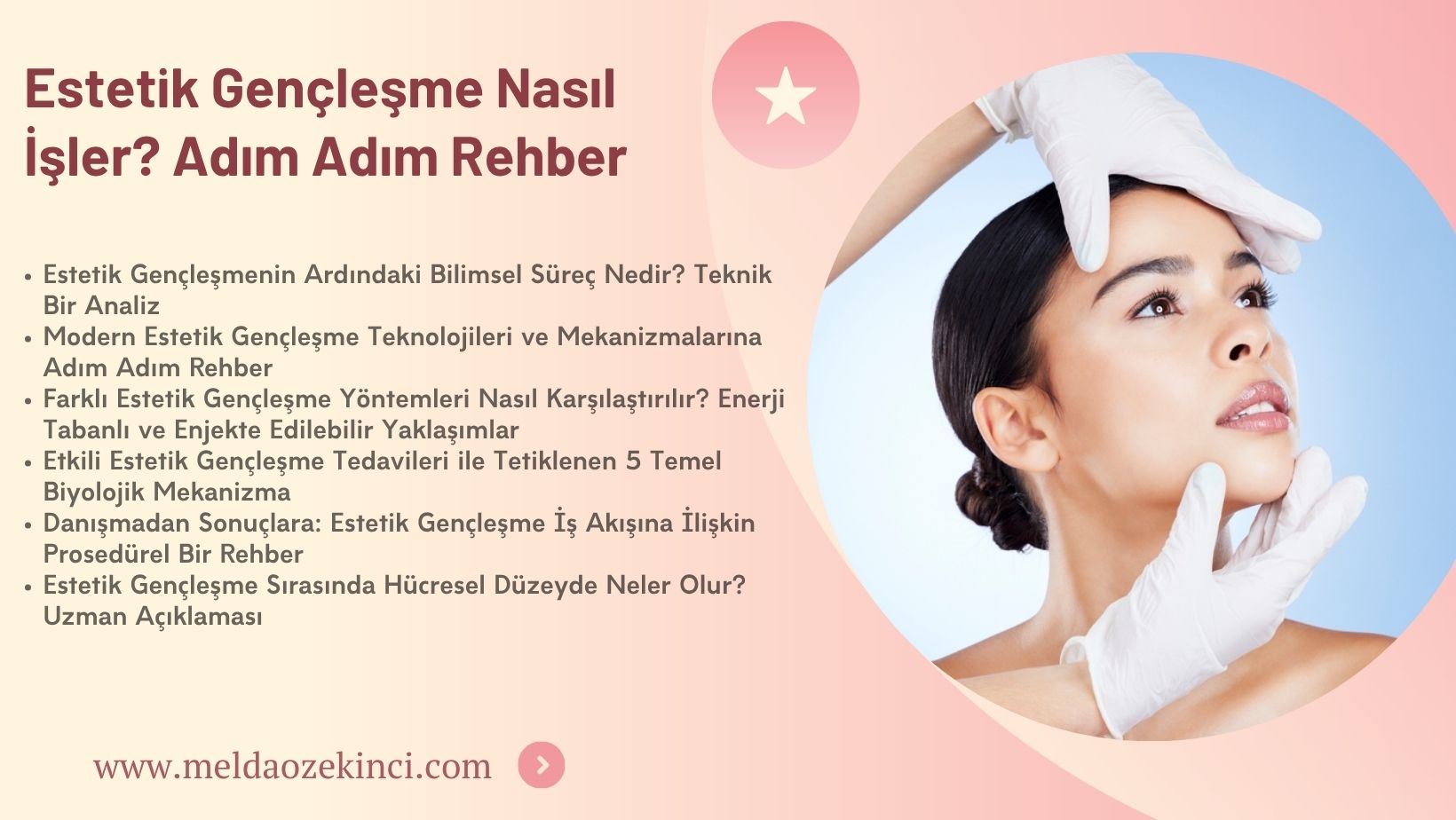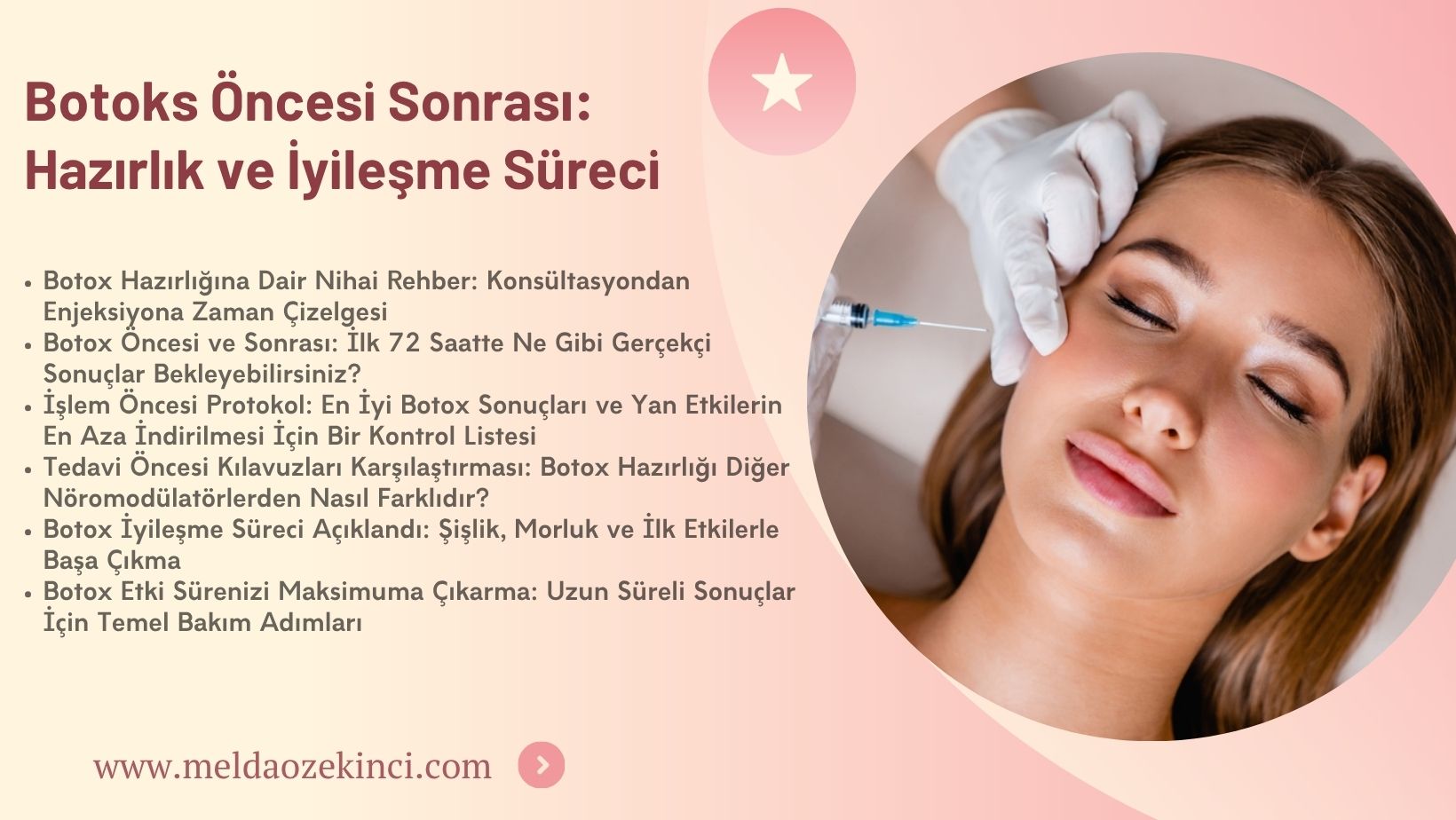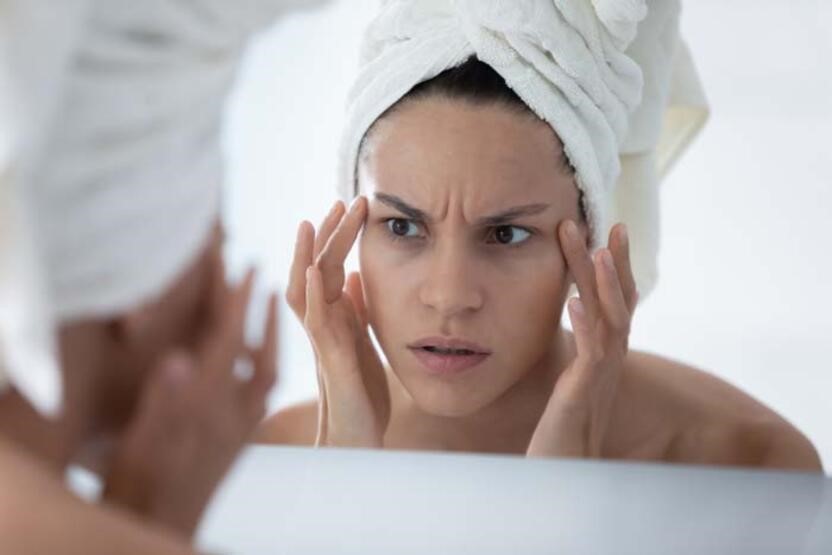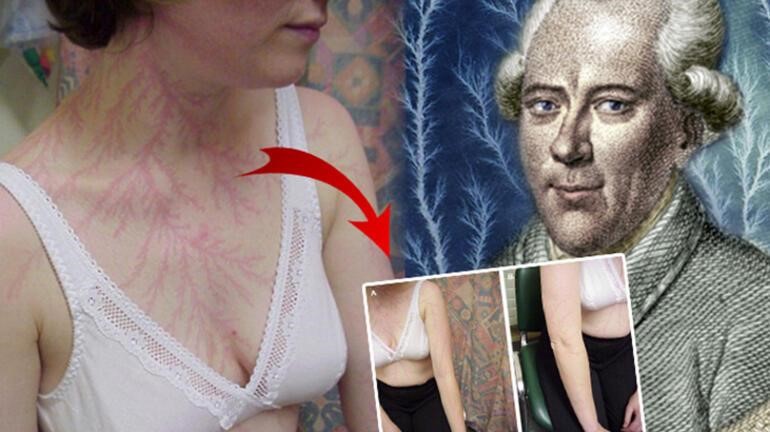Table of Contents
- How Should Skin Care Be Done After Tattoo Removal?
- What Should Be Considered After Laser Tattoo Removal?
- Is Sun Protection Necessary After Tattoo Removal in Antalya?
- Is It Safe to Shower After Tattoo Removal?
- Is Redness and Crusting on the Skin Normal?
- Will There Be Scarring After Laser Tattoo Removal?
- How Long Does the Healing Process Take After Tattoo Removal in Antalya?
How Should Skin Care Be Done After Tattoo Removal?
After laser tattoo removal, temporary redness, sensitivity, and slight crusting may occur on the skin. Proper and careful skin care during this period accelerates the healing process while preventing unwanted scarring. Dermatologist Melda Özekinci emphasizes that keeping the skin moisturized and clean is the most critical aspect of post-tattoo removal care.
For the first 48 hours after the procedure, contact with water should be limited. The treated area should not be touched, and actions like scratching or peeling off crusts should be avoided. Melda Özekinci recommends regular use of doctor-prescribed moisturizing and soothing creams. Additionally, protecting the area from direct sunlight and using a sunscreen with SPF 50 is highly critical.
When choosing clothing, opt for cotton fabrics that won’t irritate the treated area. During showers, avoid excessively hot water and scrubbing, and gently pat the area dry.
Supported by products suitable for your skin type, this care process, guided by Dermatologist Melda Özekinci’s expertise, forms the foundation for a healthy and scar-free recovery.
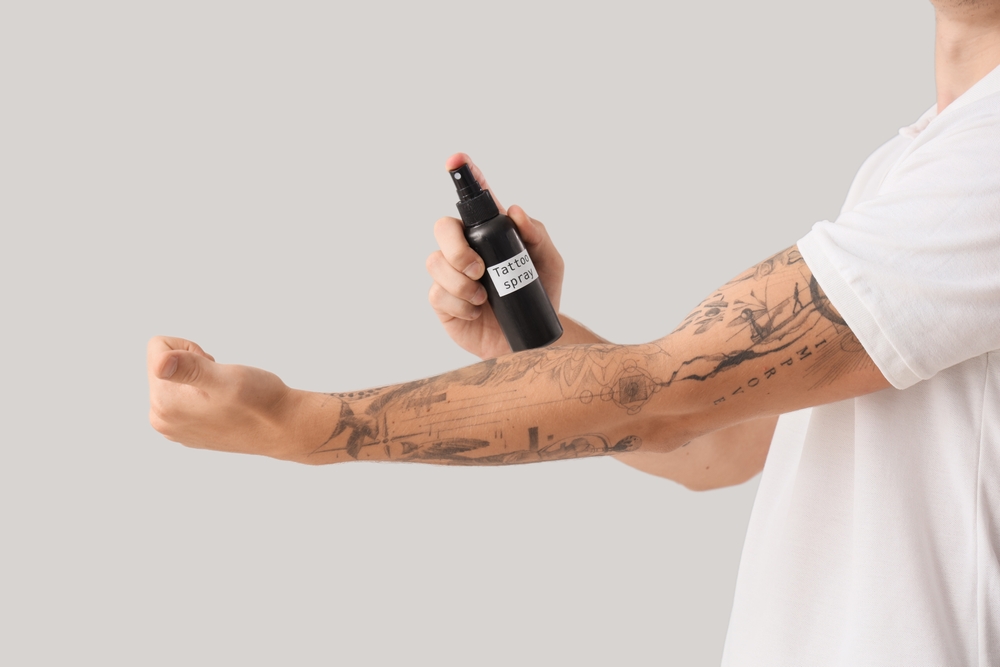
What Should Be Considered After Laser Tattoo Removal?
Although laser tattoo removal is an effective and safe method, there are important points to consider post-procedure. Dermatologist Melda Özekinci notes that this process is critical for skin health, and improper care can increase the risk of permanent scarring.
For the first 24-48 hours, avoid contact with water in the treated area. Effects like redness, crusting, or slight swelling are normal and should not be interfered with. The area should not be scratched, and crusts should not be forcibly removed, as this increases both infection risk and the likelihood of scarring.
Dermatologist Melda Özekinci emphasizes the vital importance of using sunscreen. The treated area should not be exposed to direct sunlight and must be protected with a high-factor (SPF 50) sunscreen.
For the first few days after the procedure, avoid strenuous exercise, saunas, and swimming pools, which could stress the skin. These precautions support rapid and healthy skin recovery and enhance the procedure’s success.
Is Sun Protection Necessary After Tattoo Removal in Antalya?
In sunny climates like Antalya, protecting the skin from the sun after tattoo removal is absolutely essential. Dermatologist Melda Özekinci states that the skin becomes sensitive and more vulnerable to external factors after laser tattoo removal. As a result, areas exposed to the sun are at higher risk of color changes, pigmentation, and permanent scarring.
The skin needs time and proper conditions to heal after the laser procedure. Sunlight can disrupt this process. In cities like Antalya with intense UV exposure, sun protection is not just a precaution but a necessity.
Dermatologist Melda Özekinci recommends applying a broad-spectrum sunscreen with at least SPF 50 to the treated area. This sunscreen should be applied 20 minutes before going outside and reapplied every 2-3 hours. Additionally, the area should be covered with clothing as much as possible to shield it from direct sunlight.
These sun protection measures safeguard skin health and enhance the success of the tattoo removal procedure.
Is It Safe to Shower After Tattoo Removal?
Showering after tattoo removal requires caution to ensure the treated area heals properly. Dermatologist Melda Özekinci emphasizes that the skin becomes temporarily sensitive and vulnerable to external factors after laser treatment. Therefore, avoiding water contact with the treated area for the first 24-48 hours is crucial.
During showers in the initial days, ensure water does not hit the treated area with high pressure. Lukewarm water should be used, and hot water or steam should be avoided. Products like soap, shampoo, or shower gel should not come into contact with the area, as they may cause irritation or reactions.
Dermatologist Melda Özekinci recommends gently patting the area dry with a soft towel after showering and applying a doctor-recommended moisturizer or healing cream. Additionally, avoid pools, saunas, and other environments with infection risks for at least one week post-procedure.
Proper showering habits protect skin health and speed up the healing process.
Is Redness and Crusting on the Skin Normal?
After laser tattoo removal, reactions like redness, sensitivity, and slight crusting are commonly observed. Dermatologist Melda Özekinci states that these symptoms are a natural result of the procedure and typically resolve within a few days. These reactions indicate the skin’s normal response to laser energy and signal the start of the healing process.
Redness usually appears within the first few hours post-procedure and subsides within a few days. Crusting occurs as the skin regenerates in the treated area. Dermatologist Melda Özekinci stresses that crusts should never be peeled off, as this could lead to pigmentation or scarring.
For faster skin recovery, regular use of doctor-recommended soothing and moisturizing products is essential. Protecting the area from the sun and avoiding irritating actions also aid the healing process.
If these symptoms persist beyond a few days or worsen, consult a dermatology specialist.
Will There Be Scarring After Laser Tattoo Removal?
Scarring concerns after laser tattoo removal are common. Dermatologist Melda Özekinci emphasizes that with proper techniques and care, the risk of scarring is very low. However, how the skin is protected during the healing process is a key determinant of whether scarring occurs.
Laser tattoo removal delivers controlled energy to the skin’s upper layers, causing temporary redness, crusting, and slight sensitivity. Scarring may occur if crusts are peeled off, the area is excessively exposed to sunlight, or an infection develops. Thus, post-procedure care is critical.
Dermatologist Melda Özekinci recommends using sunscreen, keeping the area clean and moisturized, and allowing crusts to fall off naturally. Any unusual symptoms should prompt a consultation with a dermatology specialist.
With personalized treatment and care recommendations at her Antalya clinic, Melda Özekinci minimizes scarring risks and achieves successful results.
How Long Does the Healing Process Take After Tattoo Removal in Antalya?
The healing process after tattoo removal varies depending on factors like skin type, tattoo color and size, and the type of laser used. Dermatologist Melda Özekinci notes that at her Antalya clinic, initial signs of healing typically appear within 7-10 days.
Post-procedure, the skin may show redness, crusting, and slight swelling, which are natural parts of the skin’s regeneration process. Crusting usually falls off within 5-7 days, and the skin refreshes. However, complete normalization and elimination of scarring risk may take 4-6 weeks.
Dermatologist Melda Özekinci stresses the importance of strictly following post-procedure care instructions to speed up healing and prevent complications. Using sunscreen, applying moisturizers, and avoiding irritation are critical during this period.
In Antalya’s intense sunny climate, post-tattoo removal skin care is especially important, and with Melda Özekinci’s expert guidance, the healing process is healthier and more comfortable. Get information about the Mesotherapy Treatment that supports the skin’s healing process after laser procedures.
 English
English 




